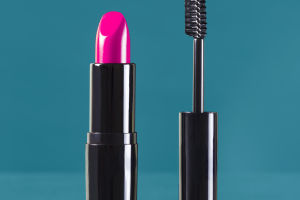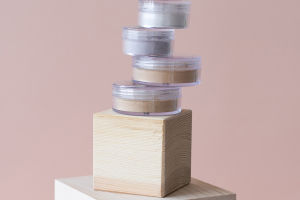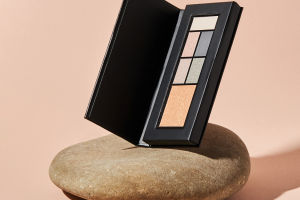Lipstick is an essential component of cosmetics, enhancing one's appearance with color and allure.
However, with time, lipstick inevitably changes texture and hue, and it may even reach its expiration date.
While some individuals might believe that expired lipstick remains usable, it is important to consider the ramifications from both a health and safety standpoint. This article will delve into the reasons why expired lipstick should not be used and elucidate these points in detail.
First and foremost, it's crucial to comprehend why lipstick expires. Lipstick is a sophisticated blend comprising various ingredients such as oils, pigments, preservatives, and other additives.
Over time, these constituents may undergo alterations, leading to the hardening or softening of lipstick texture, fading or alteration of color, and even the development of odors.
This occurs due to the oxidation of oils within the lipstick, decomposition of pigments, and potential failure of preservatives, all of which can compromise the quality and safety of the product.
Additionally, expired lipstick may provoke irritation or allergic reactions upon contact with the skin. Changes in lipstick composition can render certain ingredients more irritating, resulting in symptoms such as itching, redness, dryness, or peeling of the skin surrounding the lips.
Individuals with sensitive skin are particularly vulnerable, as the use of expired lipstick heightens the risk of allergic reactions and may exacerbate existing skin issues.
Furthermore, expired lipstick may harbor bacteria, escalating the likelihood of infection. The lipstick comes into frequent contact with the lips, which constitute one of the most delicate areas of the skin and are susceptible to external bacteria and contaminants.
If lipstick surpasses its expiration date, the efficacy of its preservatives may have waned, facilitating bacterial proliferation. Consequently, using expired lipstick may precipitate infections around the lips, such as cold sores or acne, and potentially impact oral health.
Moreover, expired lipstick can adversely affect makeup application and longevity. Alterations in texture and color may result in uneven application, diminished color intensity, or reduced longevity, thereby compromising the overall makeup aesthetic.
Particularly for events necessitating prolonged makeup retention, the use of expired lipstick may undermine makeup stability, necessitating frequent touch-ups and causing inconvenience and frustration for the wearer.
In conclusion, expired lipstick poses numerous safety risks, encompassing changes in texture and color, potential skin irritation or allergic reactions, and the threat of bacterial contamination.
Therefore, it is advisable to refrain from using expired lipstick to safeguard one's health and well-being.
To prolong the lifespan of lipstick, it is recommended to adhere to proper storage practices, regularly cleanse the lipstick surface, prevent exposure to external bacteria, and promptly replace it with a fresh product when necessary.
Opting for freshly purchased lipstick ensures both the safety and aesthetic appeal of one's makeup.


